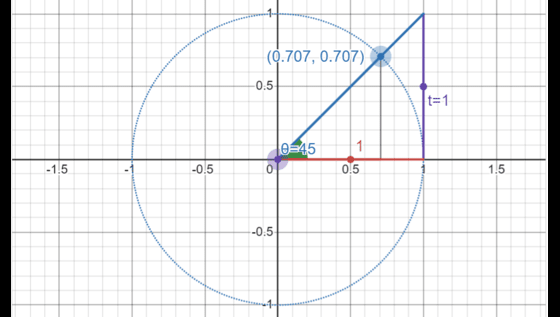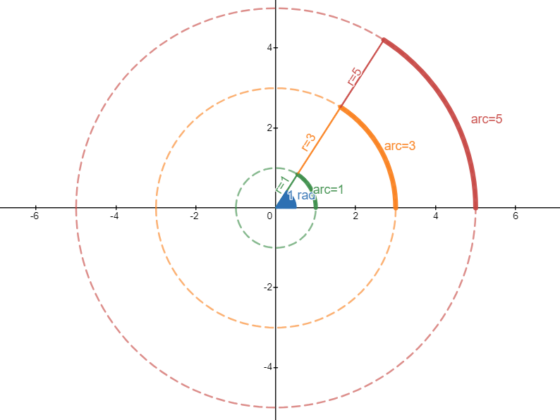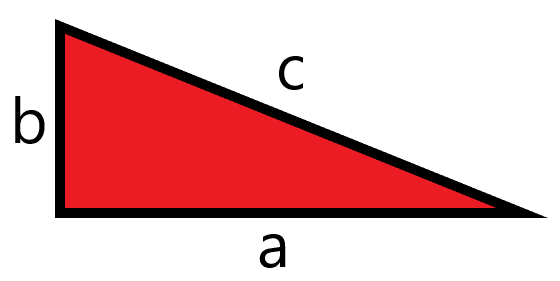Conics is the study of the graphs of ellipse, parabola, and hyperbola. The reason that these graphs are under the broad title of Conics is that you can obtain them by inserting an x-y plane into a double snapped cone. Circle is another part of Conics some may group into its own section, but in theory, circle is just a special type of ellipse as square is a special type of rectangle.
To understand how these graphs is related to the double-snapped cone, we need to first identify a few basic features on the double-snapped cone. So looking at the picture, the three main components are Axis, Vertex, and Generator. Axis is just the reference where the generator will be rotating about. Vertex is the point of intersection between the axis and the generator. It is also the tip of the cones. And lastly, the generator is a line that is used to generate the cone. The double-snapped cones are generated by rotating the generator around the axis and with only one point of intersection, which is the vertex.
Now that we went through the basics, we will go on to how each of the graphs are produced from the double-snapped cone.
Imagine slicing a double snapped cone relatively flat with an x-y plane (but not exactly horizontal), as shown in the top right cone in the picture. You would realize that the figure the cone make with the x-y plane is an ellipse. So this is how we’d get the graph of an ellipse. On the other hand, if you slice the double snapped cone strictly horizontal, like what happens to the top left cone, you will get a circle on the x-y plane.
That was slicing the cone relatively flat. What if you slice the cone with an x-y plane relatively vertical? Well, if the plane slices the double-snapped cone relatively vertical or even vertical, then the x-y plane will intersect with both of the cone, and you will get a hyperbola as shown in the bottom right cone. And a prabola is just half of a hyperbola, and it is obtained by slicing the cone with an x-y plane in an angle that is parallel to the generator. If the plane is parallel to the generator, then it will only intersect with one of the cone, which is why we only get half of the hyperbola.
So that is the geometry relations between the graphs under conics and the double-snapped cone. What about the relationship formula-wise? Well, as you would probably guessed, all the graphs under conics have one single general formula, and the difference lies in the constants they have.
The general equation for conis is: Ax2 + By2 + Cx + Dy + E = 0
And here is how they are different:
| Ellipse | Both A and B are both positive, or both negative |
| Hyperbola | One of A or B is positive, and the other is negative |
| Parabola | A or B is equal to 0 |
That basically concludes the introduction to conics. Please check out other posts to learn more about each of those graphs.
Looking to do the PSAT? We can help with PSAT Prep
This article was written for you by Brian, one of the tutors with Test Prep Academy.






